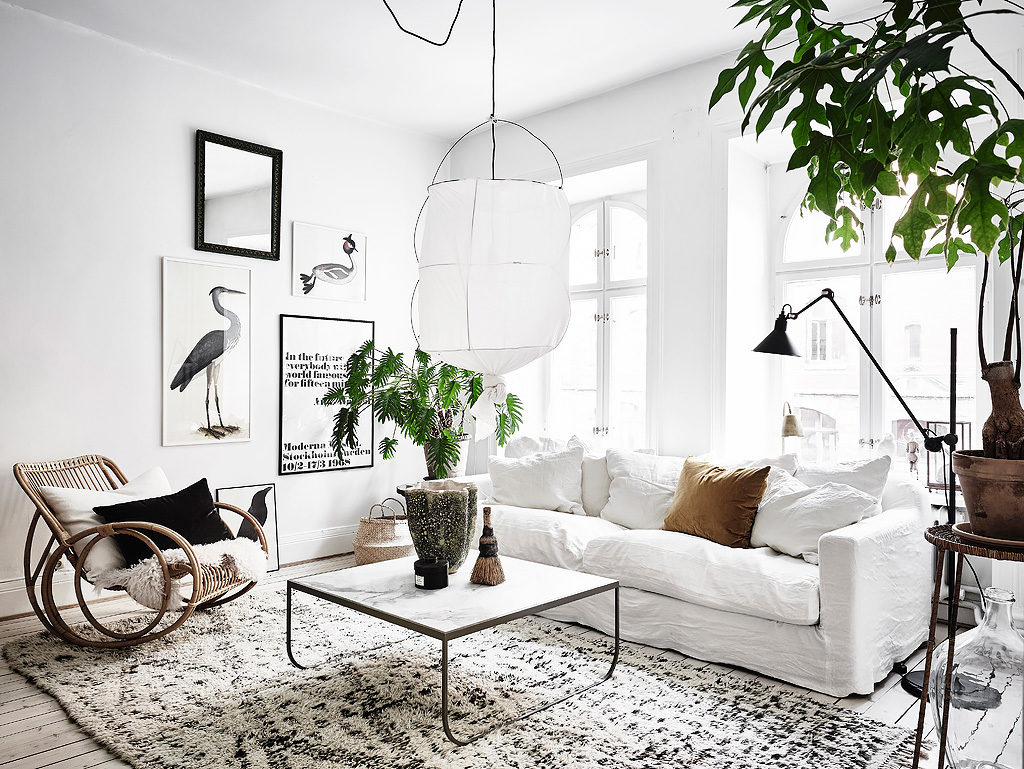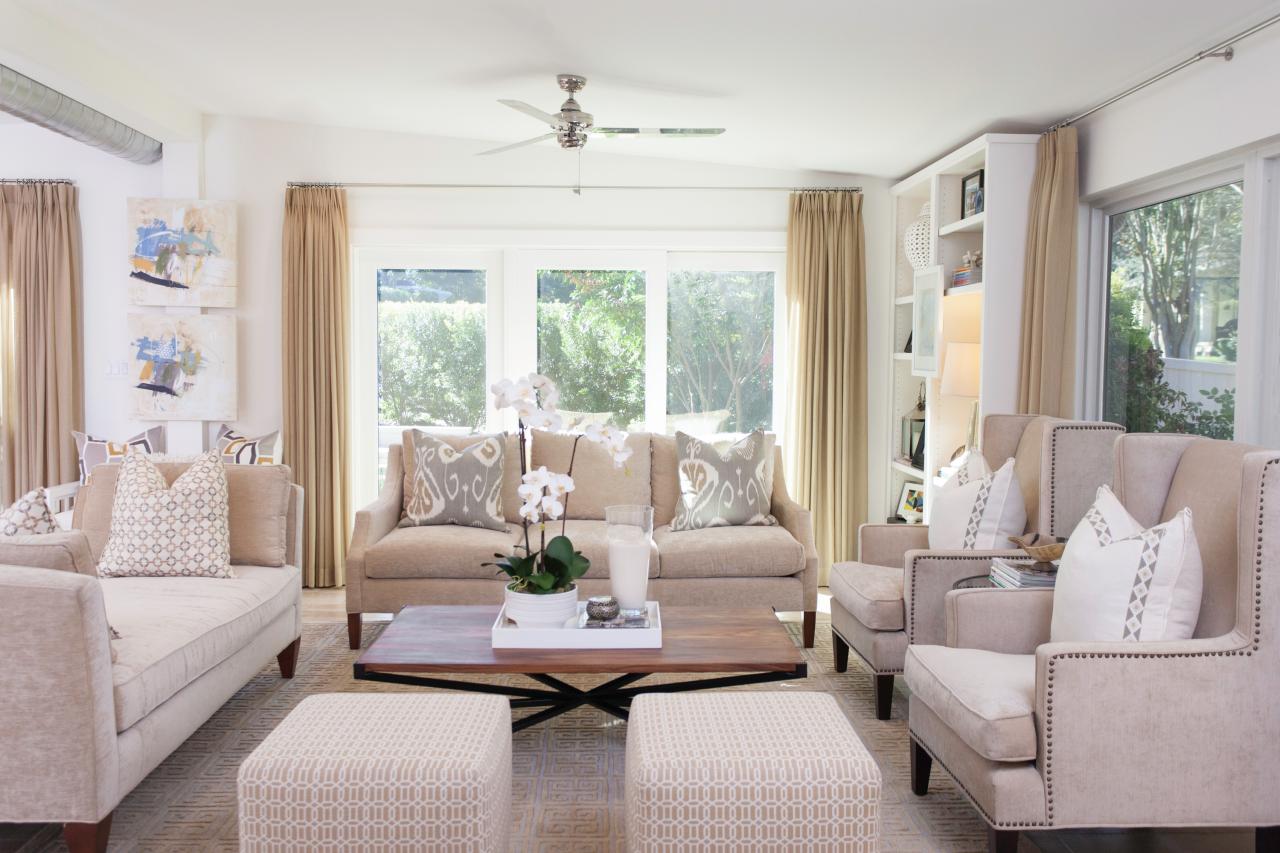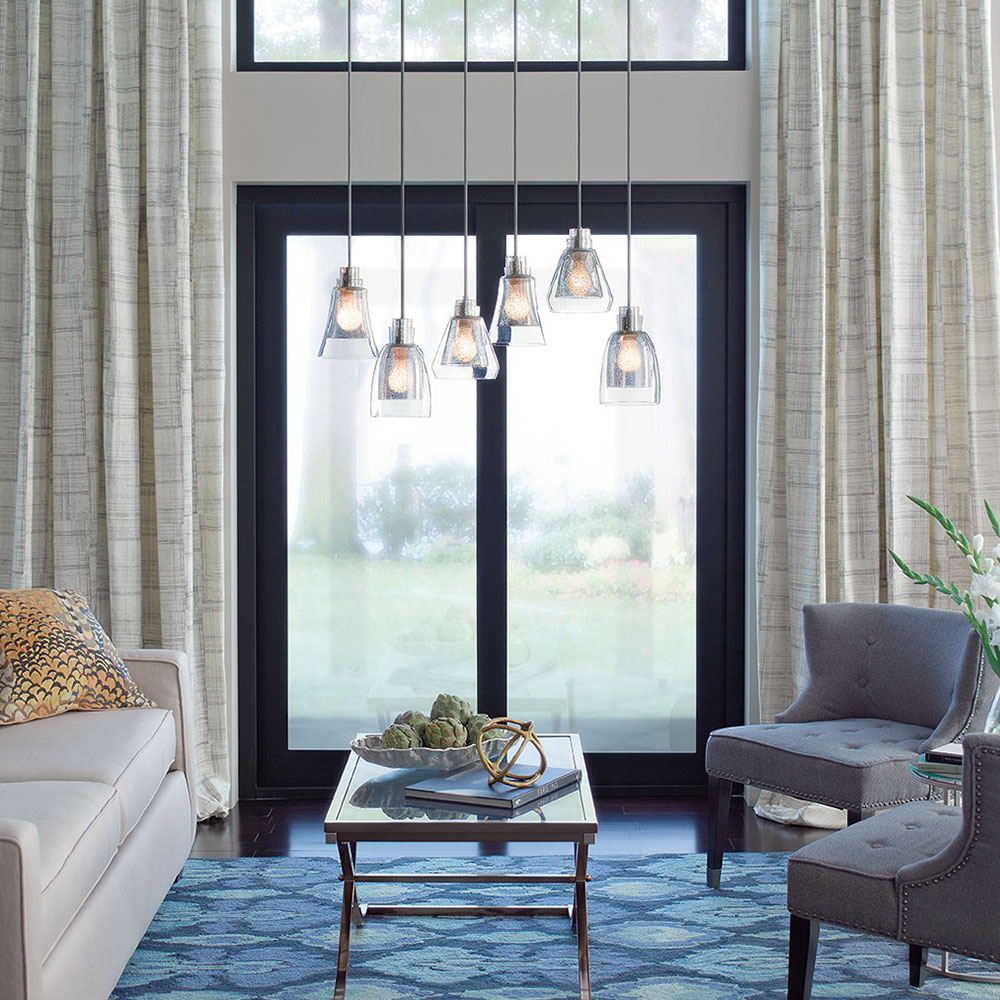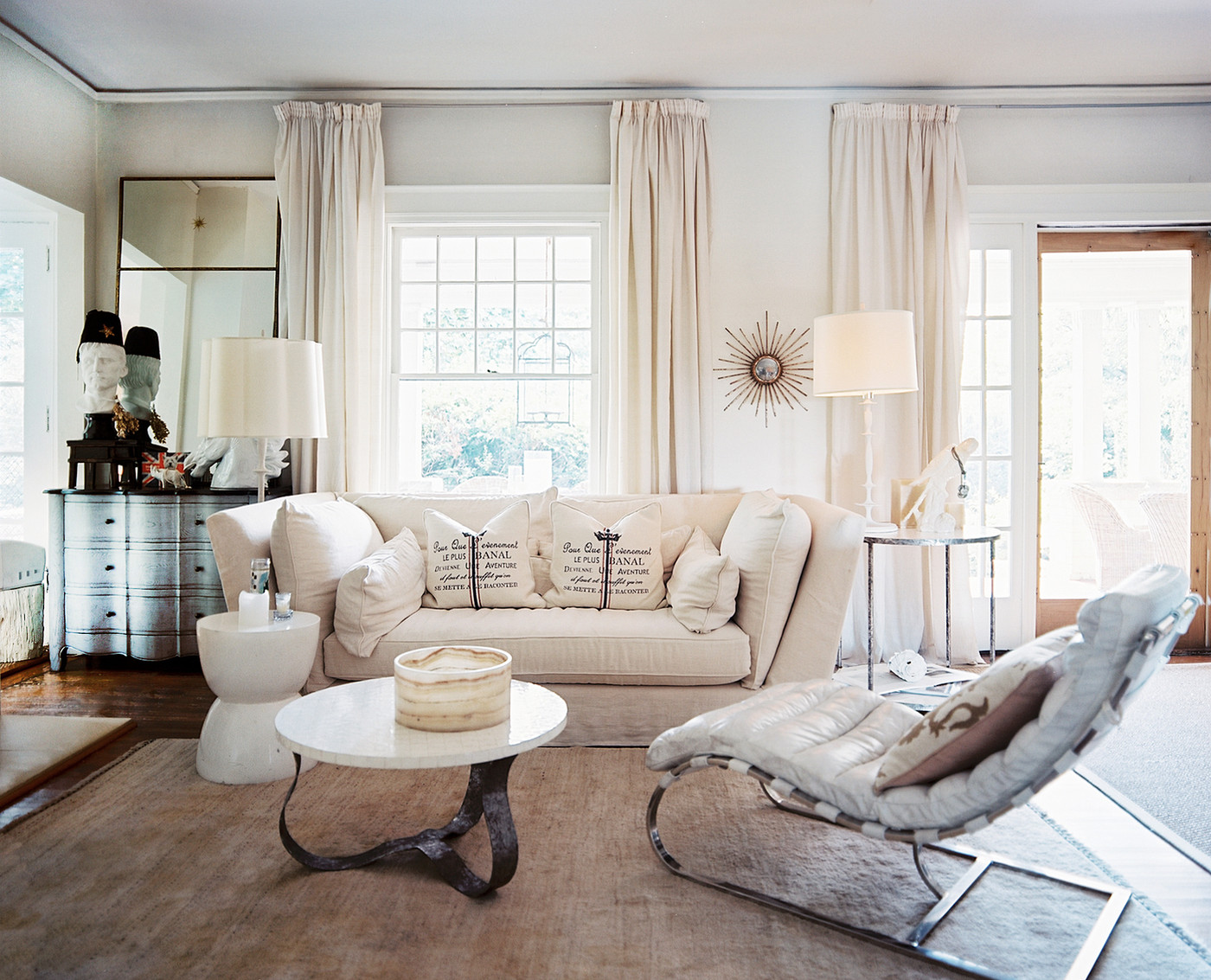
Why is lighting so important?
It seems like such a given that good staging of any well-thought out living space should also include a plan for how best to utilize both natural and artificial light sources in a room to achieve its maximum potential. This isn’t the same as maximum brightness. Sunlit rooms can depict a Vermeer quality that is practically impossible to re-capture using anything less than theatrical lighting. But cozy lighting is a concept oft lost in the process of planning a room; the natural incandescence of an Edison bulb, properly filtered and diffused halogen or energy saver, somehow squandered on rooms with either too many light sources shining down from above, or not enough accent lighting to spread the glow around; hence, a deficit or worse, total absence of light, creating dimly lit and/or dark shadowy regions even when the lights are turned on.
Proper lighting makes life easier.
No kidding: it also alleviates the prospect of bumping into furniture after a few stiff drinks. As highly visual creatures we receive about 85% of our information through our sense of sight. And while those of us with 20/20 vision can count upon a natural adjustment of our retinas and irises to compensate for such disparities in light; even under the best conditions, improper lighting can lead to eye strain, fatigue, headaches, a general sense of being unwell and, a condition known as ‘momentary blindness’; that brief period when the eyes are desperately adjusting from one extreme light source to another (think of it as coming into a dimly lit room after being out all day in brightly sunlit conditions). Our ability to perceive color in particular can be impaired by a number of factors, not the least of which is the time it takes us to focus on an object. One of the brain triggers for our sight is movement. The human eye is acutely aware of movement. But another is color. The first color the human eye perceives is ‘red’. However, in its absence, and, depending on the boldness of other colors around us, our eyes may be drawn to focus first on say an aqua as opposed to a brown.
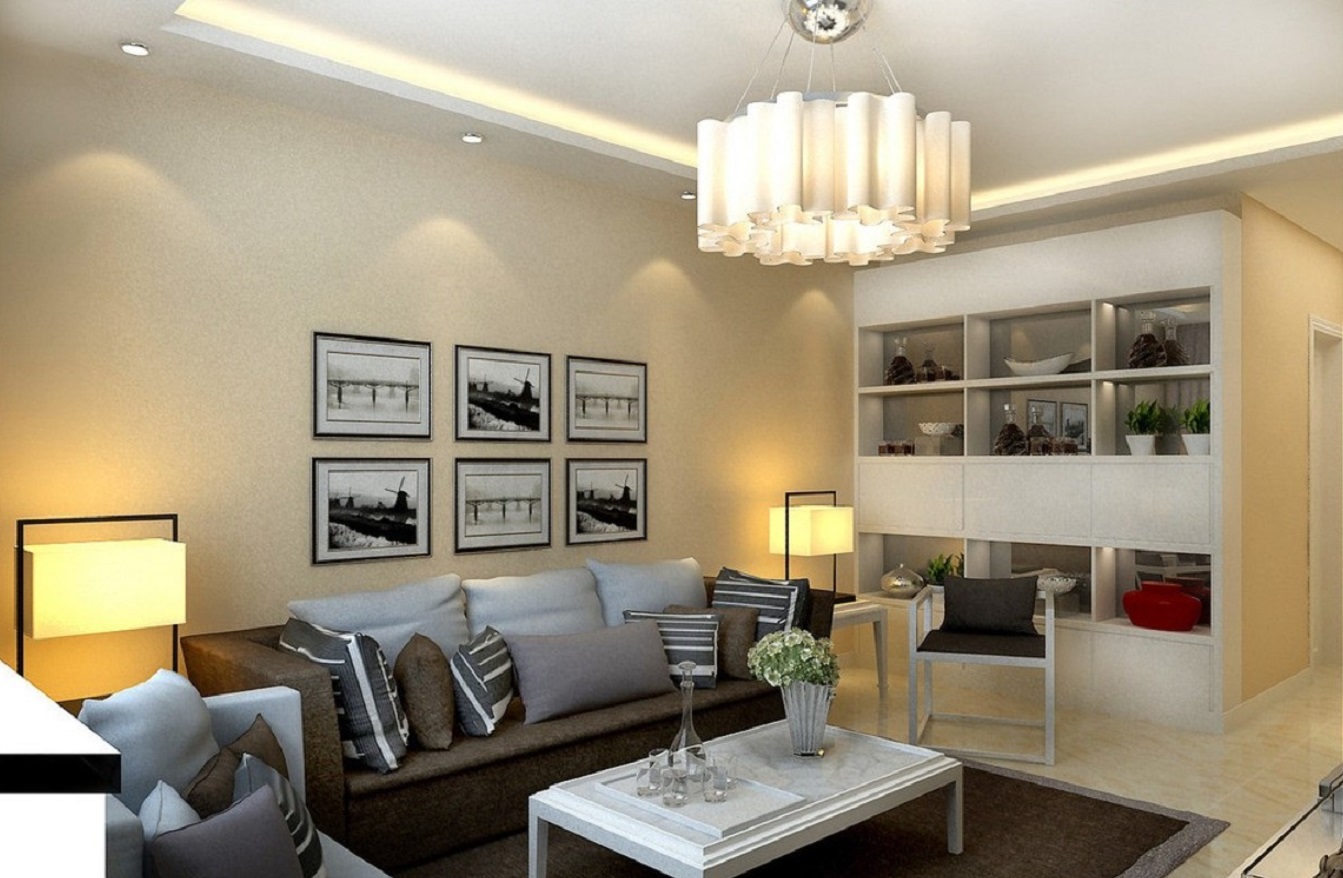 Brightness is also a crucial factor when choosing the right artificial lighting to illuminate a room.
Brightness is also a crucial factor when choosing the right artificial lighting to illuminate a room.
Too much of a good thing is still too much, and an overly bright light source can create an oppressive reaction; the eye easily stressed, not only by the light source, but equally by the resounding glare its reflected light creates bouncing off shiny or lightly colored objects. Ideally, you want light sources that will mellow and reduce, instead of amplify, contrast between objects. While, as a general rule of thumb, you do not want to homogenize the look of any room with flat lighting (fluorescent lighting being a prime example), there is a very fine line of distinction between creating ambient focal points or pools of light, and, simply casting spotlights around a room that detract from the décor you are trying to show off to its best advantage.
The art of a properly lit room is not made moot by daylight. Depending on the architectural design of windows, too much or too little natural light may come into a living space to sufficiently illuminate it, even when the noonday sun is high on a cloud-less afternoon. If there is too much natural light pouring into the room, diffuse it with thin sheers, or blot it out altogether with drapes or retractable panels. A more controlled alternative is shutters. You can direct light with shutters because of their independently mounted louvers; close half or all of a panel or, if the shutters are on a track, either slide them aside or from side-to-side or close them completely. You can tilt the louvers upwards to direct offending rays of sun towards the ceiling (bouncing soft pools of reflected light all around the room) or you can tilt the louvers downward, to draw offending beams into the floor. Dark-colored flooring will ‘absorb’ light more. Base your decision on how best to utilize and diffuse natural light on the windows themselves. Are they small or big? Do they incur soft, hazy early morning rays or flood the room with searing white afternoon heat? Natural light can also be controlled in other ways. Tinted glass, retractable blinds, and awnings to minimize glare while still allowing for light to filter inside.
Because accurate color reproduction depends upon refracted light, viewing objects in a brightly sunlit interior is entirely different than viewing these same objects on a cloudy afternoon using artificial light sources. Sunlight is made up from a naturally occurring spectrum of rainbow hues. Electric lighting…not so much. As a result, the truest color representation can only be determined under sunlight. This is precisely why what can look bluey grey indoors may appear more sandy brown when brought outdoors.
Now, I see a lot of shoppers rushing to discern ‘actual’ colors by asking to take fabric and leather swatches outdoors to hold them up to the light – ‘to get a better look’. Alas, unless your furniture is being made expressly to stage in an outdoor venue, the point to all this color contemplation is rather moot. Color perception must be ‘perceived’ in the actual lighting where the color will be featured – not under the direct glare of natural sunlight. To ensure our color perception remains steadfast, or rather, as close as possible to what we originally perceived, requires the expert placement of electric lighting – especially in the absence of sunlight. Incandescent or mood lighting is a good source of artificial ambient light in homes with three basic types to consider: general, localized and local.
General lighting is distinguished by its ability to effectively light a large area uniformly, as, say a ceiling fixture. Localized lighting includes additional overhead fixtures that amplify and augment the lighting conditions in specific areas. Finally, local (or task light sources usually provide a concentrated directional beam, expressly meant to light an area for work or some other functional purpose; the reading light or desk lamp, a good example to consider here because the light source can be adjusted and controlled. When it comes to planning the arrangement of artificial light fixtures it behooves us to also reconsider that no single type is appropriate for all occasions.
Direct light fixtures project almost all their light source downward – like pot lights. As such direct lighting tends to create shadows. By comparison, a direct-indirect light fixture distributes its light equally upward and downward, reflecting light off the ceiling and other surfaces in the room. Little light is emitted horizontally, so glare is reduced or eliminated entirely, depending on the thickness and opacity of the fixture’s shade. Indirect light fixtures distribute almost all their light upward, allowing for the ceiling and upper walls to become highly reflective surfaces, diffusing and spreading out their source. As such, they provide the most evenly distributed illumination with practically zero glare. Finally, there are shielded light fixtures to consider. These use translucent or semi-transparent diffusers, clear plastic or glass lenses and/or a combination, along with other baffles to cover or ‘shield’ bulbs from the naked eye; alleviating glare while consistently distributing the light.
Bottom line: when ascertaining the goals of how best to ideally light a room you will want to make a few considerations paramount: first, is the light source conducive to the usage of the living space. The needs of a home theater, per say, are diametrically different to those required for a home study or kitchen, where brightness to dimness is preferred. Second, how do the chosen light sources help to convey and promote our perception of color? Under the wrong lighting conditions a red sofa can appear muted orange or garishly pink. Greys can look brown, navy becomes muddy green, and, whites curdled into either smoker’s or jaundice yellow – not good! So choose ambient lights that best help to reproduce and compliment your color choices. Third, stage every living space with adequate, rather than overpowering, sources of light. You will appreciate the end results achieved for your home décor so much more. Choose wisely…and yes, let there be light.

